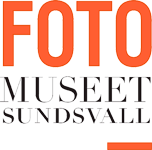Russia 1900 – 1913
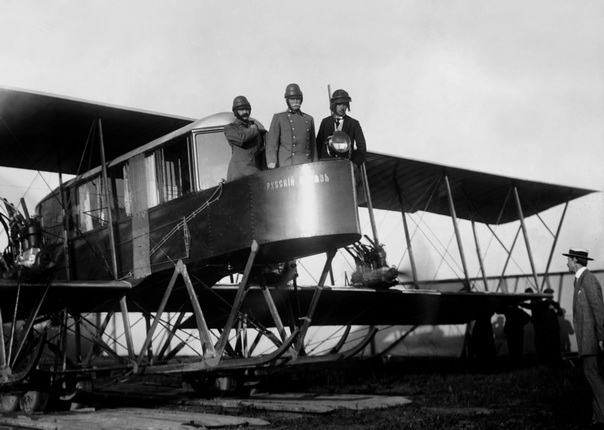
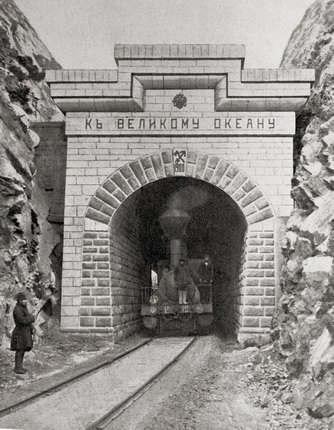
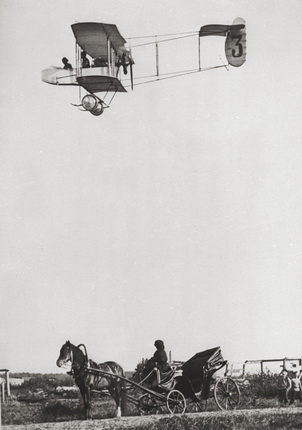
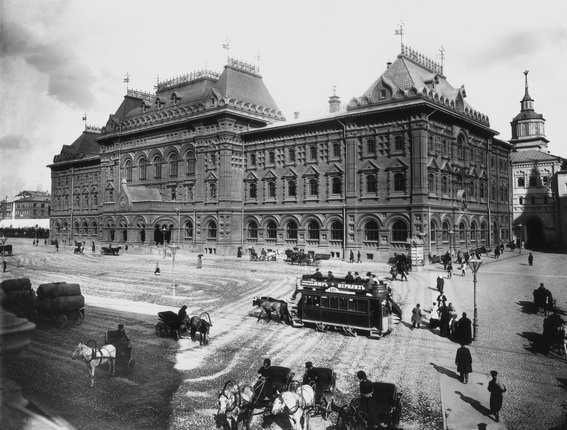
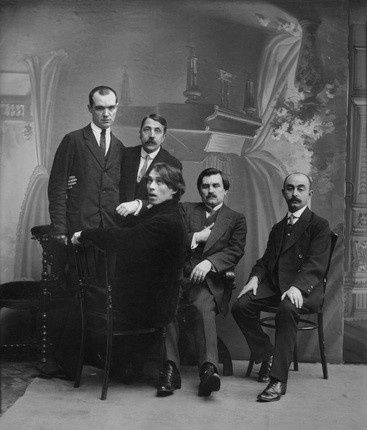
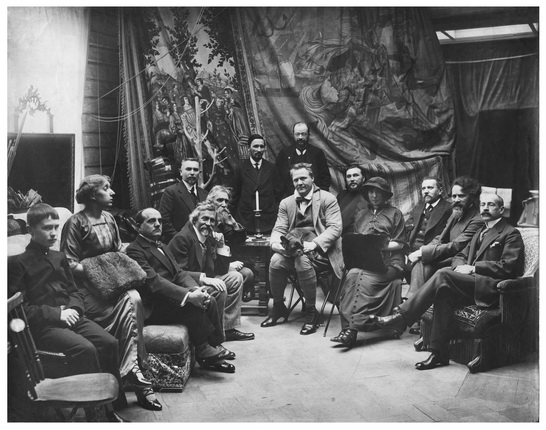

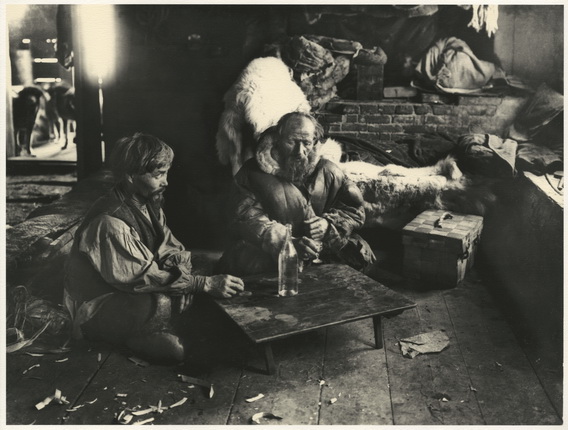

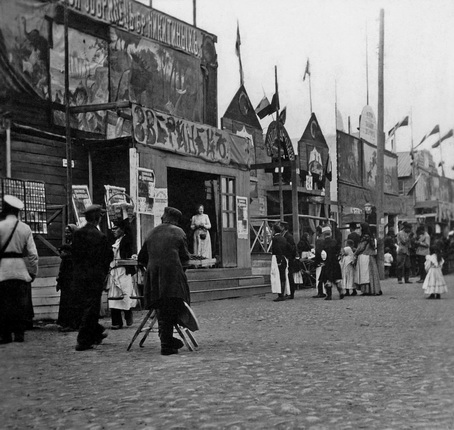
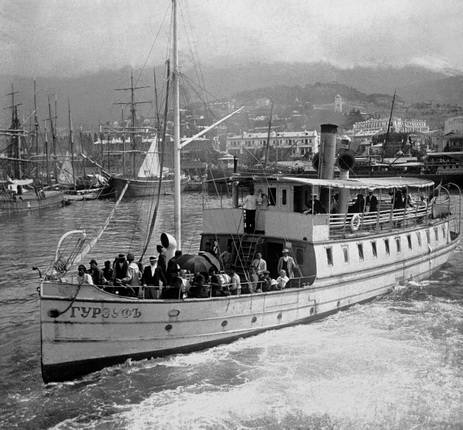

Ya. Shteinberg. Russky Vityaz, the first multi-engine aeroplane in the world, designed by I.I. Sikorsky. 1913. From the collection of the Central State Archive of Cinema, Photo and Phono Documents, St. Petersburg
Unknown photographer. The first train on the Trans-Baikal Railway. 1903. Collection of Multimedia Art Museum, Moscow / Moscow House of Photography Museum
Unknown photographer. Farman biplane and carriage at corps airfield. 1911. Collection of Multimedia Art Museum, Moscow / Moscow House of Photography Museum
Pyotr Pavlov. Voskresnaya Square. View of the State Duma building. Moscow. 1890–1900s. Collection of Multimedia Art Museum, Moscow/ Moscow House of Photography Museum
Unknown photographer. The artist Kazimir Malevich with friends. Left to right: P. Filonov, M. Matyushin (standing); A. Kruchenykh, K. Malevich, O. Shkolnik (seated). 1913. Collection of Multimedia Art Museum, Moscow / Moscow House of Photography Museum
Karl Bulla. Feodor Chaliapin visiting Ilya Repin in Kuokkala. 1900. Collection of Multimedia Art Museum, Moscow / Moscow House of Photography Museum
Karl Bulla. Nevsky Prospekt. St. Petersburg. 1910s. Collection of Multimedia Art Museum, Moscow/ Moscow House of Photography Museum
Zakhar Vinogradov. At the Matochkin Shar settlement. Novaya Zemlya Island. 1908. Collection of Multimedia Art Museum, Moscow / Moscow House of Photography Museum
Unknown photographer. Watermelon seller at Sushchevsky Market. Moscow 1900s. A. Melitonyan collection
Maxim Dmitriev. Nizhny Novgorod Fair. Near the Nikitin Brothers' Circus. 1900s. Collection of Nizhny Novgorod Oblast Audio-Visual Documentation Archive
Nikolai Vechersky. Steamer Gurzuf at the port of Yalta. 1908. Collection of Multimedia Art Museum, Moscow/ Moscow House of Photography Museum
Vladimir Shukhov. Moscow skating rink. Daughters Ksenia and Vera 1906. Private collection
Budapest, 10.06.2015—30.06.2015
exhibition is over
Russian Centre of Science and Culture
Share with friends
Curator: Olga Sviblova
Exhibition shedule
-
4.12.2013—12.01.2014
Stockholm
Thielska Gallery
-
10.06.2015—30.06.2015
Budapest
Russian Centre of Science and Culture
For the press
This exhibition is part of ’Russia: The 20th Century In Photographs’, a unique multimedia project by the Moscow House of Photography to establish a photo-archive of Russian history. Its aim is to follow the actual course of historical progress through the 20th century and recreate an authentic image of the events and personalia of a past epoch.
The exhibition covers various aspects of life in Russia at the onset of the 20th century, from celebrations for the 300th anniversary of the House of Romanov to family festivities, domestic theatre or street scenes... Russia as it really was — the life of a vast empire on the eve of the First World War shown in all its diversity: capital cities and the provinces, palaces and hovels, luxury and poverty, the army and civil society. Cultural life at the beginning of the century is broadly represented: sketches from the Moscow Art Theatre and Mariinsky Theatre, guest receptions at Ilya Repin’s estate Penaty and White Daisy Day (a campaign against tuberculosis), Leo Tolstoy at Yasnaya Polyana and a Russian costume ball in the Winter Palace, Maximilian Voloshin in Koktebel and the 27th Exhibition of the Peredvizhniki in Moscow. Particular attention is given to architecture and the urban landscapes of Moscow, St. Petersburg and chief cities of the Russian regions.
An intensive assessment of future development paths for mankind is impossible lest we understand and interpret the lessons of bygone days. The history of 20th-century Russia has been written and rewritten many times. But photography has been and remains one of the most authentic material testimonies of the past epoch. It is essential to collect photo-chronicles of the Russian state over the last century, for self-identification with our own past and for the discovery of valuable reference points with a bearing on the future. The goal of this exhibition is to provide an impartial look at the development of Russian history in the early 20th century and to answer the simple questions ‘what?’, ‘where?’ and ‘when?’. Photographs help us to emotionally experience past events, to realize that each one of us is directly participating in the creation of our country’s history. Every minute of our life becomes a priceless historical fact.
Some 100 works by 20th-century Russian photographers are displayed at the exhibition, by well-known figures such as Pyotr Pavlov, Maxim Dmitriev, Karl Bulla and Iosif Otsup, by amateur photographers whose evidence is of no less importance such as Sophia Tolstoy (wife of Leo Tolstoy), Vladimir Shukhov (world-famous engineer, inventor and architect) and Pyotr Vedenisov (the pianist), as well as by unknown authors whose names have not yet appeared in the history of Russian photographic art, who were consigned to historical oblivion.
Interest in history denotes interest in details. Perceiving the meaning of our own existence gives an understanding of how and for what our parents and grandparents lived. This also determines the extent of responsibility for what our children will see when they look at photographs of life today.



